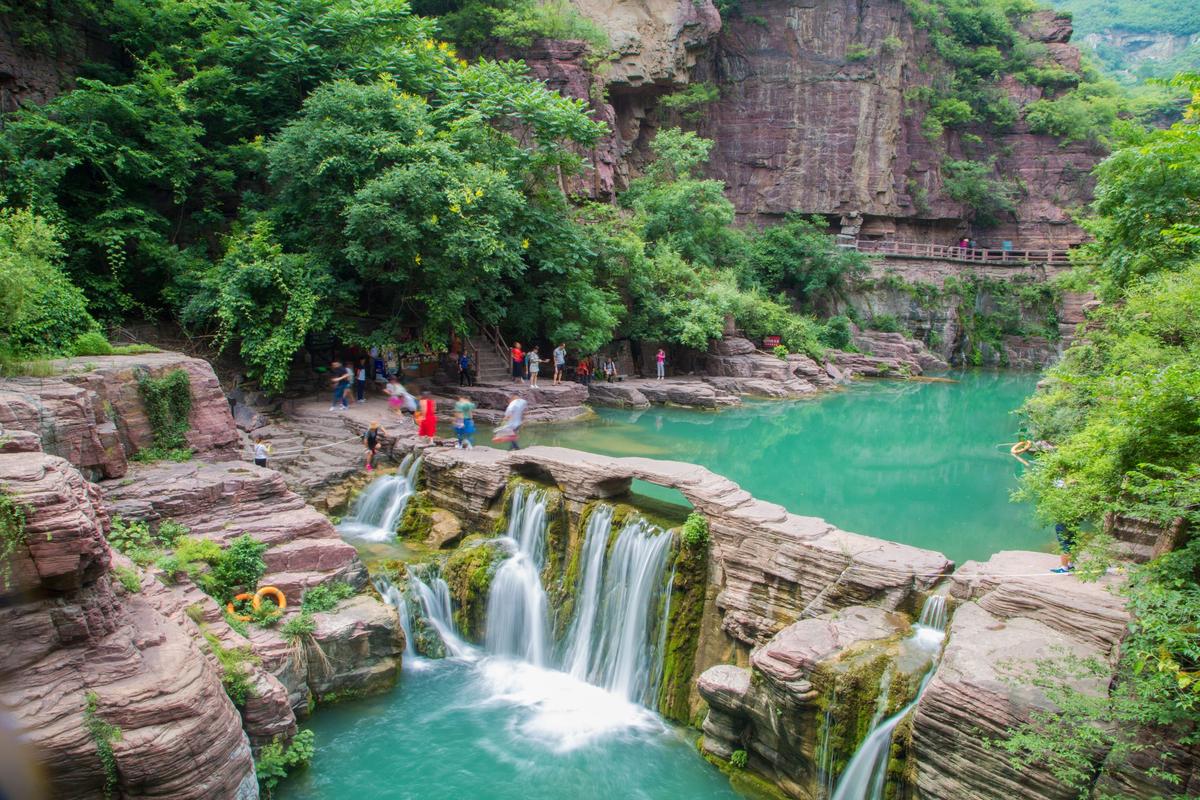Celebrating Diversity: Examples of Folk Culture from Around the World
Every society has its own cultural identity that makes it unique. While it’s important to recognize the modern influences shaping our world, it is equally crucial to celebrate and preserve the traditions, customs, and values passed down to us by our ancestors.
What is Folk Culture?
Folk culture refers to the traditional aspects of a community’s culture, passed down through generations of the same society. This term includes festive events, material and non-material practices, and expressions that reflect the culture’s beliefs, morals, and values.
Examples of Folk Culture from Around the World
1. Dia de los Muertos (Mexico)
Dia de los Muertos or Day of the Dead is a Mexican holiday celebrated on November 1st and 2nd. On these days, people honor loved ones who have passed away by visiting their graves, creating ofrendas (altars), and setting up festive traditions.
2. Carnival (Brazil)
Carnival is a vibrant festival that occurs every year in numerous cities globally, but it is most associated with Brazil, where it is a national holiday. Samba schools, bands, and thousands of participants take to the streets, wearing colorful costumes and masks, singing and dancing in unison to celebrate unity through diversity.
3. Holi (India)
Holi, also known as the Festival of Colors, is an ancient Hindu festival celebrated in India and Nepal in March. It is a joyous occasion where people throw bright powder and colored water at each other, signifying forgiveness, peace, and love. It’s a celebration of the triumph of good over evil.
4. Hanami (Japan)
Hanami is the Japanese tradition of admiring and celebrating the beauty of cherry blossoms when they are in full bloom. It is a time when people gather together under the blossoms to eat and drink, and enjoy the ambiance of springtime.
5. Burning Man (USA)
Burning Man, taking place in the Nevada desert, is not your typical celebration. It’s a unique event where people from all over the world come together to celebrate art, expression, and radical self-expression. The contrast between bizarre art installations and the barren Nevada desert is unforgettable.
Key Takeaways
Diversity is what makes the world a more exciting and fascinating place. Folk culture is one way to honor and embrace this diversity, to celebrate the traditions that have been passed down from generation to generation. Communal traditions through festivals like Dia de los Muertos and Carnival provide an opportunity for communities to come together and celebrate. Likewise, individual traditions like Holi and Hanami promote mindfulness and appreciation of our surroundings, while Burning Man encourages individual expression and freedom from societal norms. Ultimately, these practices remind us that when we recognize and respect each other’s differences, we can make the world a better place.
Conclusion
By appreciating and promoting diversity, we can make the world a more vibrant and richer place. Folk culture is just one way we can be reminded of this, and we all have something to contribute to this celebration. Let’s continue to embrace and celebrate the diversity that surrounds us, and we’ll be all the happier for it.
(Note: Do you have knowledge or insights to share? Unlock new opportunities and expand your reach by joining our authors team. Click Registration to join us and share your expertise with our readers.)
Speech tips:
Please note that any statements involving politics will not be approved.
